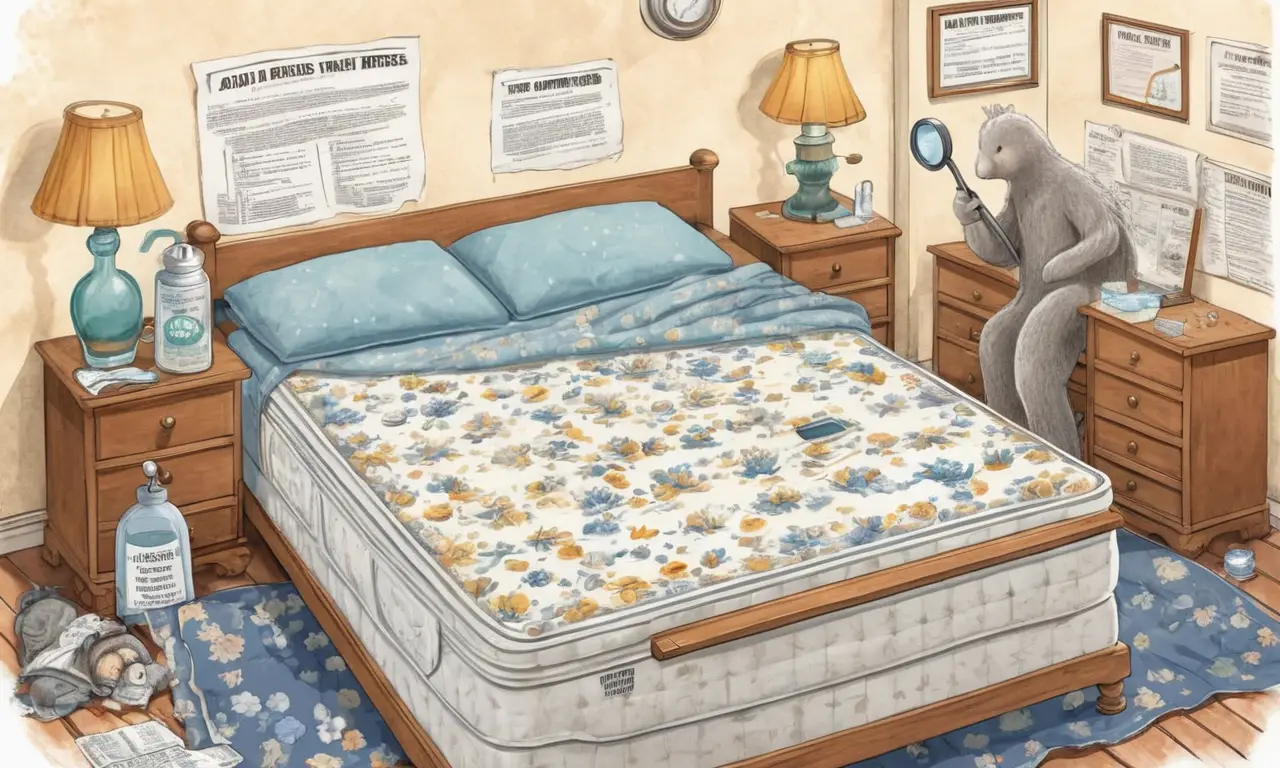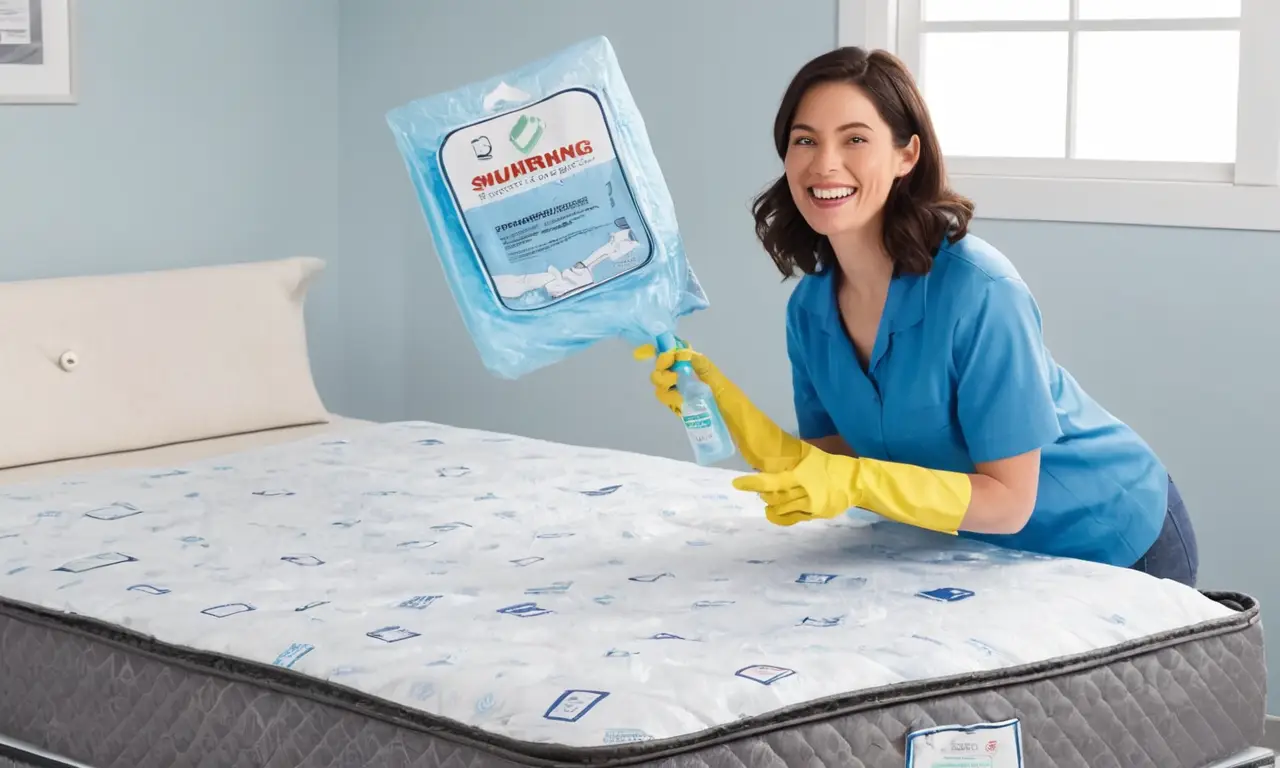
Selling used furniture can be a great way to declutter your home and make some extra cash. However, when it comes to mattresses, the legal landscape can be a bit more complex. Unlike other used items, mattresses present unique health and safety concerns that many states have addressed through specific regulations.
This article will delve into the intricacies of selling used mattresses, exploring state laws, legal compliance requirements, health and safety considerations, sanitation practices, and disclosure obligations. By understanding these factors, you can navigate the process safely and legally, whether you’re buying or selling a pre-owned mattress.
State Laws for Used Mattress Sales
The legality of selling used mattresses varies significantly from state to state. Some states have no specific laws governing the sale of used mattresses, while others impose strict regulations. For example, California prohibits the sale of used mattresses without proper sanitation and labeling requirements. Similarly, New York mandates that sellers disclose any known bed bug infestations.
To determine the legality of selling a used mattress in your state, it’s crucial to consult your local consumer protection agency or legal resources. Websites like the National Sleep Foundation and the Better Business Bureau often provide state-specific information on mattress sales regulations.
Legal Compliance and Regulations

When selling used mattresses, compliance with state laws is paramount. This typically involves adhering to labeling requirements, obtaining necessary permits, and registering your business if applicable. Failure to comply can result in hefty fines or even legal action.
For instance, some states require sellers to label used mattresses with a clear statement indicating that they are pre-owned and have been sanitized. Others mandate the use of specific tags or stickers to identify used mattresses. It’s essential to familiarize yourself with these labeling requirements to avoid legal issues.
Health and Safety Concerns
One of the primary reasons behind regulations surrounding used mattress sales is the potential for health and safety hazards. Mattresses can harbor dust mites, mold, bacteria, and bed bugs, which can pose risks to human health.
Bed bug infestations are a particular concern, as these pests can spread quickly and cause significant discomfort and allergic reactions. Therefore, it’s crucial to thoroughly inspect used mattresses for signs of bed bugs before purchasing or selling them.
Sanitation Practices for Used Mattresses

To mitigate health risks associated with used mattresses, proper sanitation practices are essential. This involves thorough cleaning and disinfection of the mattress surface, as well as treatment for any potential infestations.
Effective cleaning methods include vacuuming to remove dust mites and debris, followed by a steam cleaning or application of an EPA-registered disinfectant. For bed bug infestations, professional pest control services are recommended to ensure complete eradication.
Disclosure Requirements
When selling used mattresses, transparency is key. Sellers must disclose any known defects, damage, or previous infestations to potential buyers. This includes providing information about the mattress’s age, condition, and any repairs or treatments performed.
Failure to disclose material facts can lead to legal repercussions and erode consumer trust. It’s always best to err on the side of caution and provide as much information as possible to ensure a fair and ethical transaction.
Conclusion
Selling used mattresses requires careful consideration of state laws, health and safety concerns, and ethical disclosure practices. By researching your local regulations, implementing proper sanitation procedures, and being transparent with potential buyers, you can navigate this process safely and legally. Remember, prioritizing consumer well-being and compliance with legal requirements should always be paramount when selling used mattresses.
